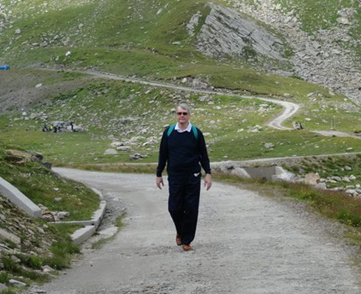
My personal innovation journey started way back in 2001 when I got ‘hooked’ on innovation and what it could deliver in its impact on a business.
I believe it is for greater engagement within the organization and increased identification through their people, with the potential for learning and improving their capabilities.
Progressively I learnt about innovation, studied it as part of my Master’s degree and began to practice the parts others were prepared to pay me for, either to listen to, or offer advice.
This innovation journey took on a shape that eventually became 100% of my focus within my advisory practices at Agility Innovation Specialists and Hoca Consulting by systematically building my understanding of innovation and providing this knowledge to others through advisory, coaching, writing and mentoring services.
It still is a long continuous journey twelve plus years later.
I’m constantly learning, reading, absorbing and interpreting what I understand and then attempting to provide my thoughts to others, those willing to listen!
I’m comfortable in much, totally restless in so much more out there to explore and work through, so as to achieve potential solutions, through experimentation and prototyping until they become recognized as relevant and applicable.
Investigating, researching and reading all required a significant amount of time, all alongside needing to practice innovation, working to clients’ needs or pushing for their attention to changes taking place within the field of innovation management and what they needed to do about it.
Dynamic capability applied to innovation gained my increased attention Continue reading “The Innovation Journeyman”

